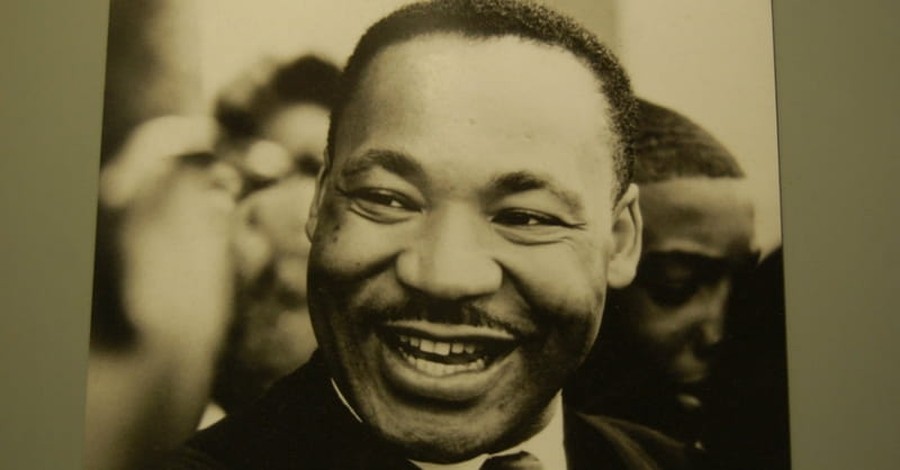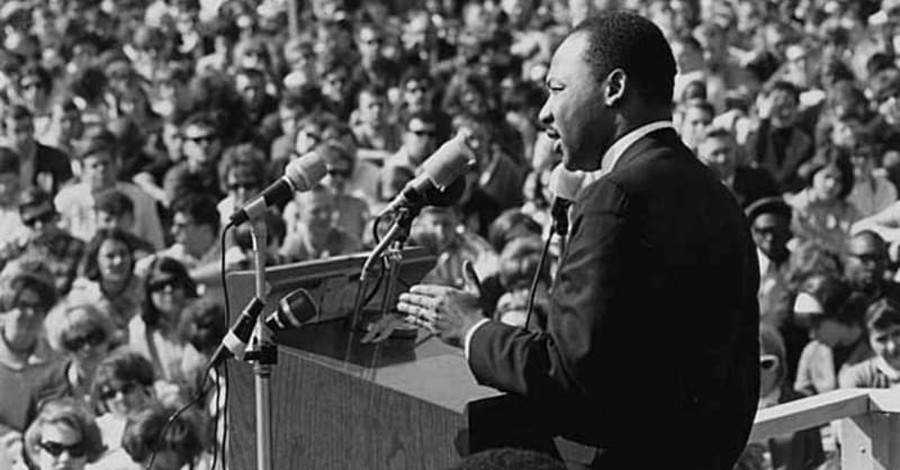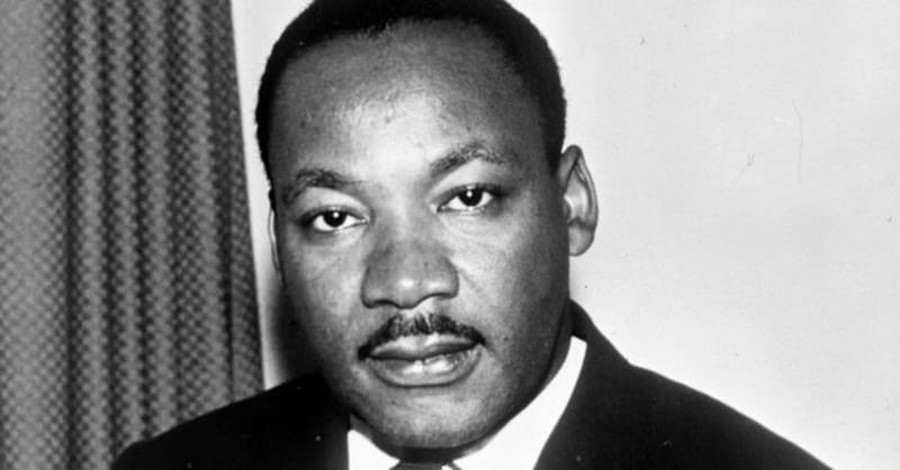5 Facts about the Assassination of Martin Luther King, Jr.


1. King survived the first attempt on his life.
The killing of King in 1968 was the second attempt on his life. A decade before he was assassinated, King was nearly stabbed to death in Harlem when a mentally ill African-American woman who believed he was conspiring against her with communists, stabbed him in the chest with a letter opener. He underwent emergency surgery, and remained hospitalized for several weeks but made a full recovery. The doctor who performed the operation said, “Had Dr. King sneezed or coughed the weapon would have penetrated the aorta. . . . He was just a sneeze away from death.”
Photo courtesy: Flickr.com

2. King's assassin was on the FBI's Most Wanted list.
On April 4, 1968, King was assassinated by the #277 man on the FBI's Most Wanted Fugitives list. In 1967, James Earl Ray escaped from the Missouri State Penitentiary by hiding in a truck transporting bread from the prison bakery. On the day of the assassination Ray took a room in boarding house that had a view to the motel. King and his entourage frequently stayed at the Lorraine Motel while staying in Memphis.
Photo courtesy: Simple Wikipedia

3. King was on the balcony of his motel when he was shot.
King was on the balcony of the motel when he was shot. He was hit by a .30-06 caliber rifle bullet that entered his right jaw, traveled through his neck, severing his spinal cord, and stopped in his shoulder blade. Civil rights leader Ralph Abernathy cradled King’s head while Marrell McCollough, an undercover Memphis police officer, used a towel to stop the flow of blood. King was taken to St. Joseph's where doctors attempted emergency surgery before pronouncing him dead at 7:05 p.m. He was 39 years old.
Photo courtesy: Wikimedia Commons

4. Riots and violence erupted after news of King's death.
News of King’s assassination prompted major outbreaks of looting, arson, and violence, resulting in death and major property damage in more than 100 American cities. Altogether, 43 men and women were killed, approximately 3,500 were injured, and 27,000 were arrested. Not until over 58,000 National Guardsmen and army troops joined local state and police forces did the uprisings cease. As historian Peter B. Levy says, “during Holy Week 1968, the United States experienced its greatest wave of social unrest since the Civil War.”
Photo courtesy: Wikimedia Commons

5. King's assassin was captured after a 2-month search.
After a two-month long, international manhunt, Ray was captured on June 8, 1968 at London's Heathrow Airport. On March 10, 1969, Ray pleaded guilty to King’s murder and was sentenced to 99 years in Brushy Mountain State Penitentiary. No testimony was heard in his trial. Ray later recanted his confession and claimed he was the victim of a conspiracy. Members of King’s family, including his son Dexter, publicly met with Ray in 1977 and began arguing for a reopening of his case. (The government investigations concluded Ray was the lone assassin). Later that same year Ray became the #351 on the FBI's Most Wanted Fugitives list after he and six other convicts escaped from the prison. He was recaptured three days later and given another year in prison, bringing his sentence to 100 years.
Photo courtesy: Flickr.com
Content adapted by permission from "5 Facts about the assassination of Martin Luther King, Jr.," found on the website of the ERLC.







